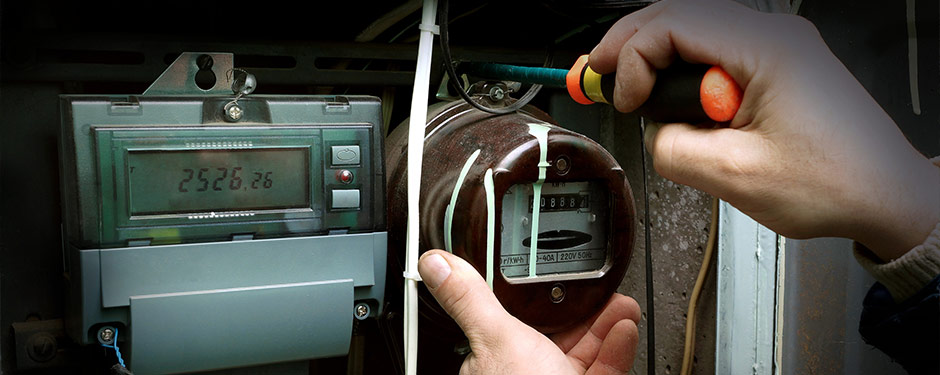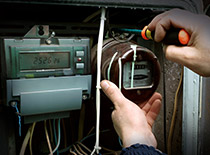Electrical & Lighting Find a Trusted Contractor to Help
Old Home? Here Are Some Electrical Quirks To Watch Out For
There are many reasons to buy a beautiful old home: history, architecture, character, and style, to name a few. Up-to-date electrical systems are, unfortunately, not one of them. So if you’ve got an old home, keep an eye out for these quirks and problems.
Badly Patched Systems
Some homes have an electrical system that less resembles a consistent, fully-wired system and more resembles a patchwork quilt of electrical technology; wires from the ’30s, a fusebox from the ’60s, outlets from the ’80s. When buying an older home, talk to the current owner about possible upgrades that may have been done, and remember to take a look for yourself; unfortunately, if you don’t hire a respectable contractor, it’s not uncommon to find shortcuts that actually can pose problems, and even be serious risks.
Or, for that matter, back in the day, somebody might have decided to save a little money and be their own electrician. It’s worth taking a homeowner electrical examination to find out whether somebody’s little DIY experiment is driving up your electric bill.
Systems Not Up to the Task
You’d be surprised how tough your average electrical system is; a home built in the ’40s with an electrical system built to code can probably handle most of what you throw at it. But if it’s older than that, or you keep blowing fuses, you may be putting more strain on the system than it can handle, and you’ll need to either move some items like air conditioners or large appliances to a different circuit, or upgrade your system to deal with the load you’re going to put on it.
Meter Problems
If your electrical bill suddenly spikes or drops, and you haven’t changed your consumption habits, consider that a canary in a coal mine and call your utility company. More often than not, the electric meter bolted to the side of your house was installed at the same time as the wiring, and as long as it works, the utility company isn’t going to look at it too closely. But nothing lasts forever, even an electric meter built like a tank, and it may need to be replaced.
And if there’s nothing wrong with the meter, call an electrician immediately: All that electricity is going somewhere, and that “somewhere” might be a short circuit or other serious problem.
More Wire Than You Might Think
When you’re about to move a light fixture or outlet, you might discover that there’s more range to the wires than you might believe. While any electrical installation will have a little more wire than it needs, just to prevent tension on the wires from snapping, opinions vary on the amount of slack needed. So check behind the walls before tackling a complex job.
Check for Electrical Boxes in the Walls and Ceilings
Similarly, adding a light can be as simple as finding a plate in the ceiling, unscrewing it, and taking a look. Sometimes previous owners may leave behind fixtures and inserts that allow you to expand with less trouble than you think.
You’ve invested in your home and you’ve made in investment in your electrical appliances. Look up a certified electrician from Trusted Home Contractors and do a thorough inspection. Giving your new-to-you home an inspection will both help you find and fix issues before they become problems, and help you sleep a little better at night. So get a home with history, but do your homework get it checked out by a pro, courtesy of Trusted Home Contractors. End






